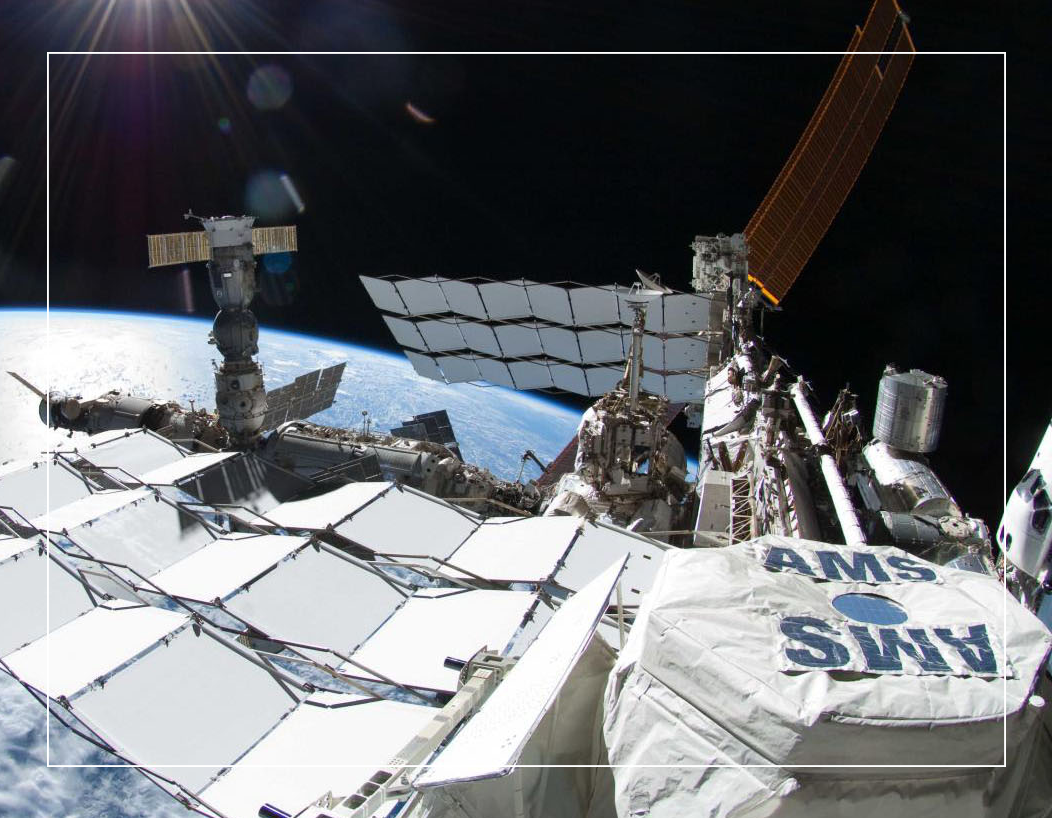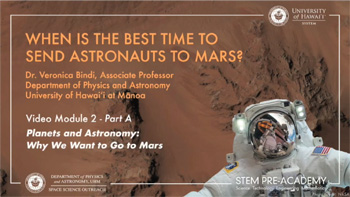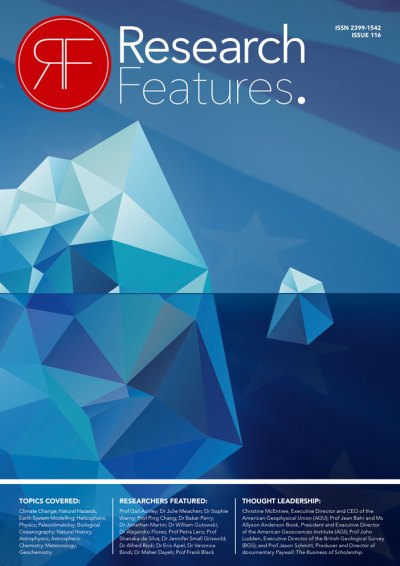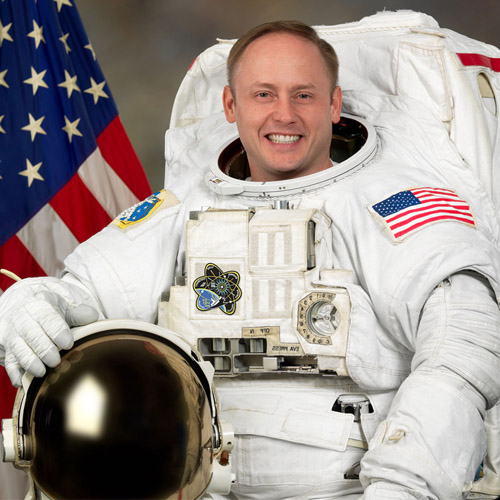
UH Launches Space Weather Stations atop Haleakalā
University of Hawaii News
The University of Hawaiʻi at Mānoa held a blessing for two new neutron monitor stations atop Haleakalā on January 8, marking a significant advancement in space weather forecasting capabilities across the Pacific region. [...]Check out the article about us on University of Hawaii News!
Continue reading the article online: Neutron Monitor Stations

Advancing Space Weather Forecasts ahead of 2025 Solar Maximum
University of Hawaii News
Enhancing our understanding and predictions of space weather patterns that pose significant risks in space and on Earth, especially in preparation of high solar activity forecasted in 2025, is the focus of a University of Hawaiʻi at Mānoa project. [...]Check out the article about us on University of Hawaii News!
Continue reading the article online: Space Weather Forecasts

$2.5M Grant to Monitor Space Weather, Making Space Travel Safer
University of Hawaii News, Hawaiʻi Public Radio, The Maui News
A University of Hawaiʻi at Mānoa-led project to better predict and understand weather in space earned a major boost from the National Science Foundation (NSF). [...]Check out the article about us on University of Hawaii News online! Space Weather Grant
Check out the article about us on Hawaiʻi Public Radio online! Space Weather Grant
Check out the article about us on The Maui News online! Space Weather Grant

Keeping Astronauts Healthy while in Space, Goal of UH Research
University of Hawaii News
A new University of Hawaiʻi at Mānoa study aims to be a game-changer in space exploration. Led by Department of Physics and Astronomy Associate Professor Veronica Bindi, the UH Mānoa team will predict a key component of space radiation, which has severe negative effects on human health. The project is funded by a four-year, $925,000 NASA grant. [...]Check out the article about us on University of Hawaii News!
Continue reading the article online: keep Astronauts healthy in Space

When is the Best Time to Send Astronauts to Mars?
We collaborated with the STEM-PRE Academy to create a video-presentation for middle-school students and teachers.
When is the Best Time to Send Astronauts to Mars? was a workshop for students and teachers that explored the range of questions that must be answered and risks that must be overcome to send astronauts to the red planet.
Check out the videos on the STEM-PRE Academy Website!
Stem-Pre Academy Website: Video-Presentation

Physics of the Sun and Astronaut Safety in the new Era of Space Exploration
Research Features Magazine
Check out the article about us on Research Features!
Magazine Website: researchfeatures.com
Continue reading the article online: physics-and-astronaut-safety

My Year in Space
Colonel Mike Fincke, USAF (ret)THURSDAY, 5 OCTOBER 2017, 7.30pm
UH Manoa Bilger Bldg, Room 152
Open to the public, Free admission
Colonel Mike Fincke, USAF (ret) is a spaceflight veteran with over 381 days in space and 9 spacewalks.
He will share some of his adventures in space including what daily life is aboard the International Space Station (ISS) as well as some of the groundbreaking science that has been produced on the ISS.
Currently waiting for his next flight, Colonel Fincke is the lead Astronaut for the United States’ next two space ships that will take crew to the ISS, Space-X’s Dragon and Boeing’s Starliner.
He will share updates on the development of those spacecraft as well as NASA’s plans to fly beyond Low Earth Orbit with NASA’s new Orion spacecraft.
Colonel Fincke was mission specialist on the penultimate Space Shuttle mission, STS-134, which launched on May 16, 2011. This flight delivered the Alpha Magnetic Spectrometer (AMS) instrument to the International Space Station, where it will operate until 2024.
AMS is a state-of-the-art particle detector that measures cosmic rays, antimatter and dark matter in space.
The University of Hawaii plays a big role in the data analysis of the AMS experiment.
At the Physics Department of the University of Hawaii, Professor Veronica Bindi and her team collaborate with NASA in using AMS data to improve the radiation shields for future manned missions to Mars.
